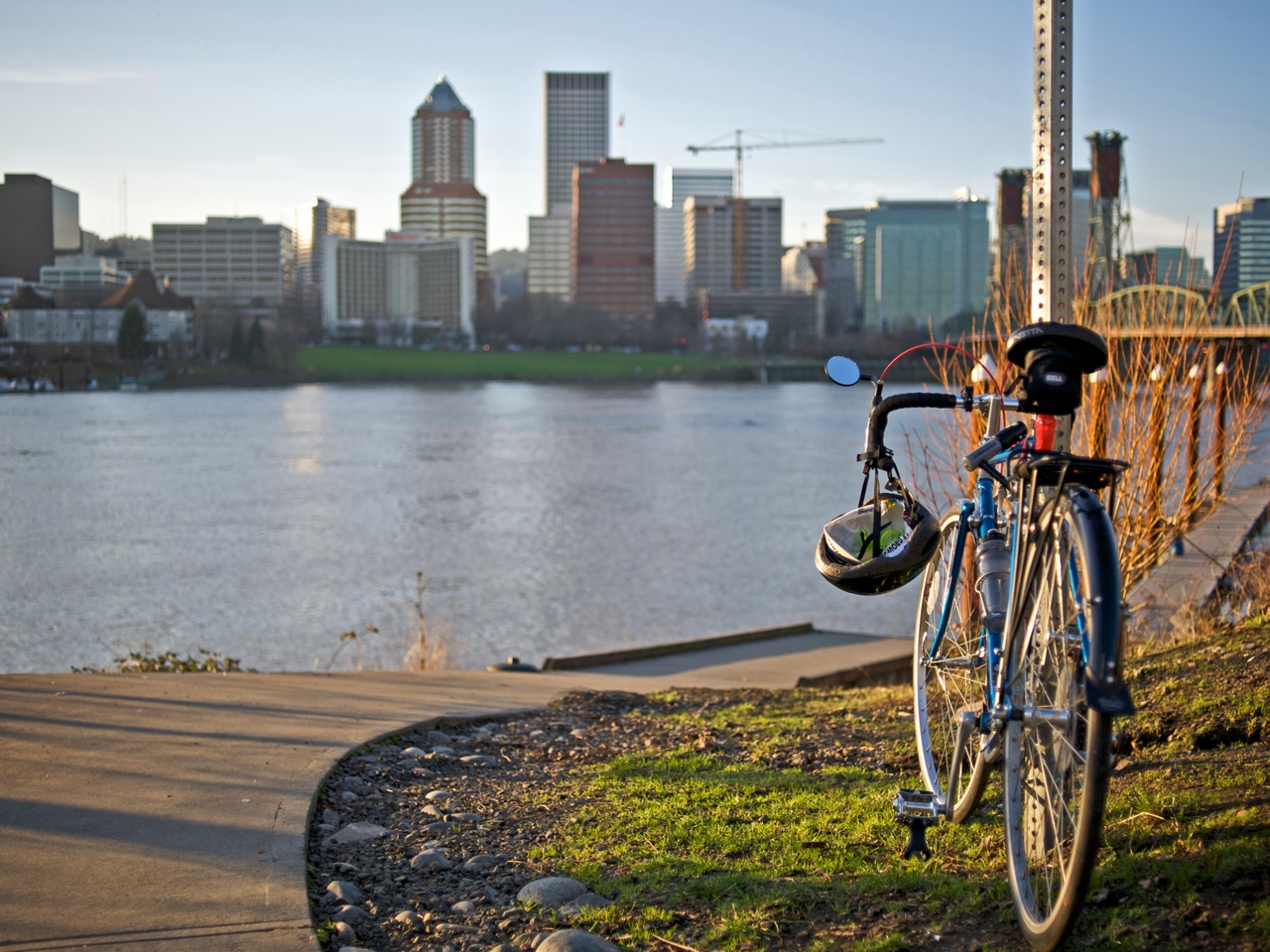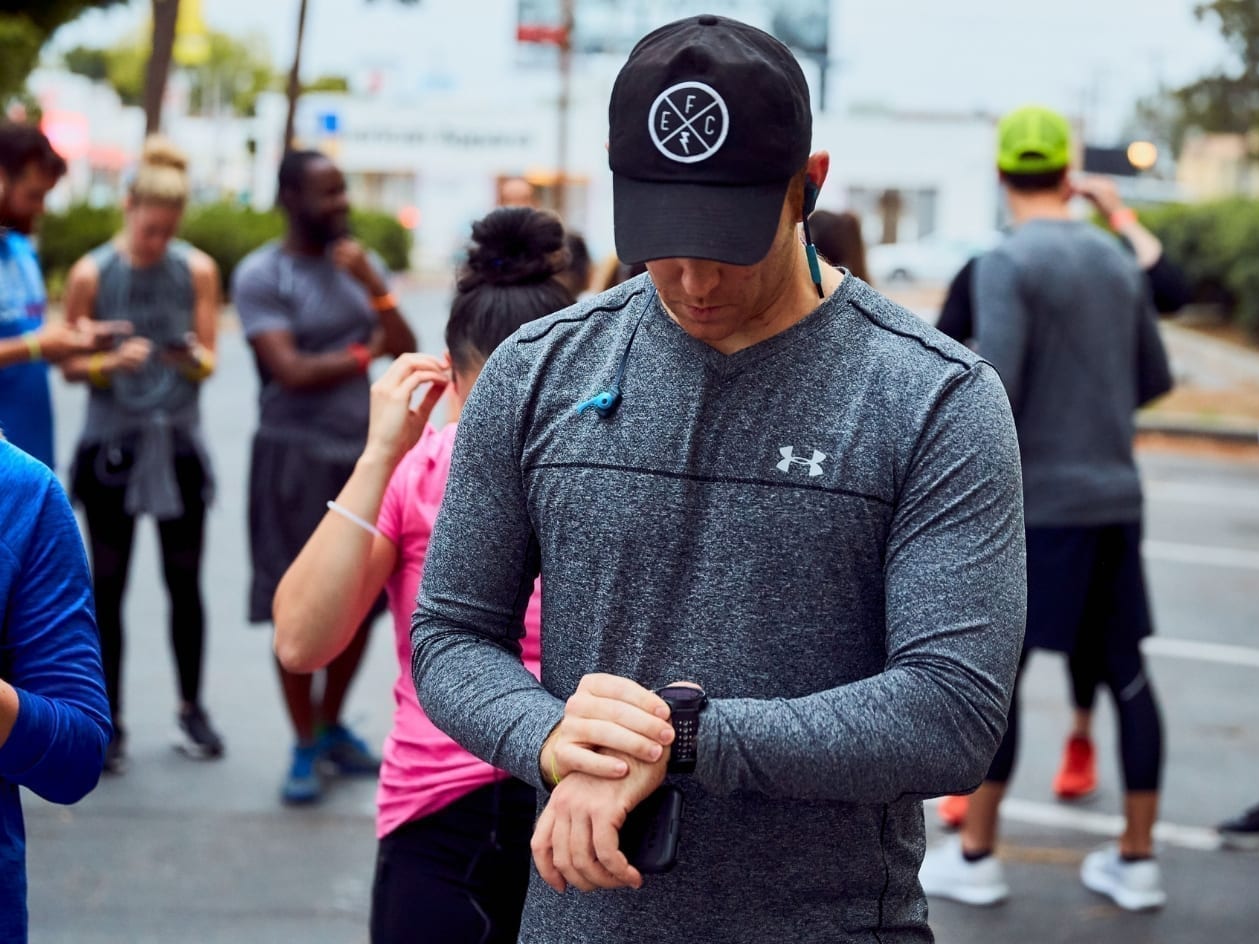Getting sufficient sleep is essential for sustaining wholesome vitality ranges, correct hormonal stability and aiding weight reduction, but an estimated 30% of American adults sleep fewer than six hours per evening. Furthermore, simply over half meet the really helpful federal train suggestions — and it seems like these two knowledge factors may be associated.
New analysis from Brandeis College suggests sleep high quality could possibly be improved with a day by day stroll.
THE SCIENCE
As a part of the examine printed within the journal Sleep Well being, contributors got health trackers to observe the variety of steps they took every day; additionally they accomplished questionnaires about their sleep habits, together with their bedtimes, how lengthy it took to go to sleep, variety of nighttime awakenings and total sleep high quality. The outcomes confirmed the extra steps the contributors took, the upper their self-reported sleep high quality.
Examine co-author Alycia Bisson, a PhD candidate at Brandeis College, suspects there are two potential causes strolling was related to improved sleep. “There are psychological advantages of train, like stress discount or temper enhancements that may possible assist folks go to sleep extra shortly and sleep higher as a result of they’re happier and fewer prone to ruminate, overthink or fear about issues as they’re falling asleep,” she explains. “The mechanism may be extra physiological: People who find themselves bodily lively in the course of the day usually tend to really feel drained on the finish of the day.”
Furthermore, common train can assist regulate your inner clock, protecting you on a constant sleep schedule. “It additionally will increase blood stream to the mind and improves total mind well being, so frequent train might assist the mind produce deeper, extra restorative sleep,” provides Bisson.
WHEN SHOULD YOU GO FOR A WALK?
There isn’t any dangerous time to go for a stroll, however exercising within the morning or early afternoon may be finest. “Cortisol ranges are usually highest throughout this time, protecting you awake and alert,” explains Jennifer Cohen, a licensed private coach and writer of “Robust is the New Skinny.” “Because the day goes on, cortisol ranges drop in preparation for melatonin, the sleep hormone, to rise. Exercising within the night or late at evening can disrupt this pure cycle and might go away you mendacity in mattress tossing and turning, not in a position to go to sleep.”
Nevertheless, should you desire to train within the night, there are nonetheless another advantages. For instance, going for a stroll after dinner might assist with digestion and higher management blood sugar ranges.
READ MORE: The Hyperlink Between Sleep and a Robust Immune System
HOW MUCH SHOULD YOU WALK?
Within the examine, girls who took 4,000 steps per day rated their sleep high quality round an 8 out of 10, whereas those that took 10,000 steps per day rated their sleep high quality nearer to 10. (The analysis didn’t discover connections between the common steps and sleep high quality amongst males).
Though the examine didn’t take a look at the affect of strolling pace or distance on sleep, different analysis exhibits a brisk stroll lasting 20 minutes (or longer) is linked to fewer sleep difficulties. Greater speeds might assist burn extra vitality, stressing the physique and triggering the necessity to sleep as a part of the restoration course of.
One other examine of canine house owners discovered those that walked as much as 9,961 steps per day (or roughly 4.16 miles) slept a median of 53 minutes longer than those that walked simply 5,247 steps.
THE BOTTOM LINE
Finally, whereas 10,000 steps may be an arbitrary quantity, it’s good to have a personalised objective in thoughts to enhance your total well being and sleep high quality. “We discovered on days during which folks walked extra in comparison with their very own common, they reported sleeping higher and longer that evening,” says Bisson. Should you battle to go to sleep or log too little time sleeping, attempt incorporating a day by day stroll into your routine and problem your self to extend your step rely.


















